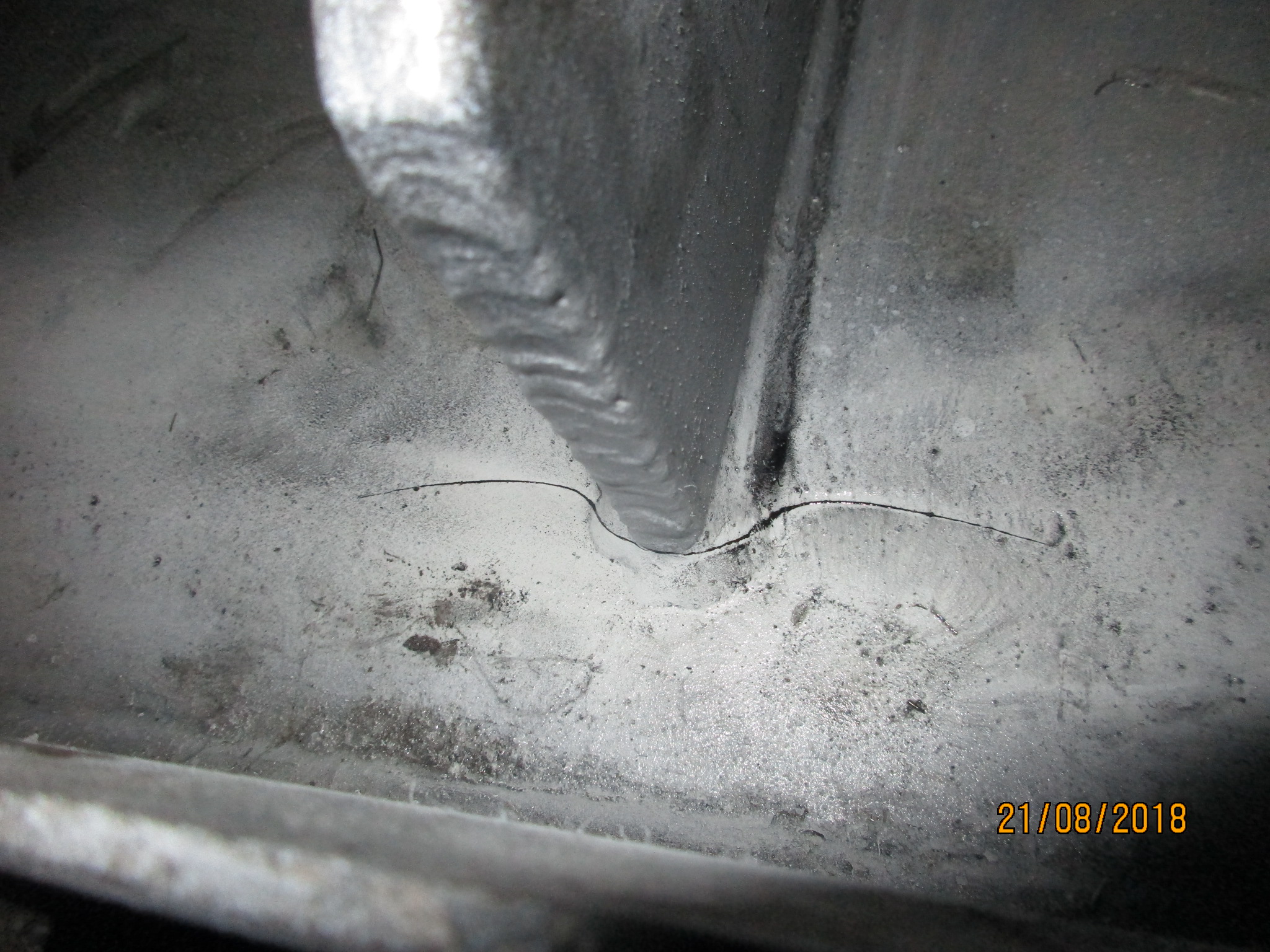
Magnetic Particle Inspection (MPI) (MT)
Welcome to [NDT Inspection Portal]’s Magnetic Particle Inspection (MPI) group, a place for... View more
High temperature magnetic particle inspection
-
High temperature magnetic particle inspection
Elevated temperature magnetic particle inspection is a type of non-destructive testing (NDT) that is used to detect defects in ferromagnetic materials, such as steel and iron, at elevated temperatures. This type of testing is commonly used in the aerospace, oil and gas, and power generation industries, where components and structures are subjected to high temperatures during operation.
Elevated temperature magnetic particle inspection is based on the principle of magnetic induction, which states that a magnetic field will be generated around a ferromagnetic material when it is subjected to a current. When a defect is present in the material, the magnetic field will be distorted, and this distortion can be detected using magnetic particle inspection.
To perform elevated temperature magnetic particle inspection, the component or structure being tested is first magnetized by exposing it to a strong magnetic field. The magnetic field causes the material to become magnetized, and any defects in the material will cause local disturbances in the magnetic field.
Next, a suspension of magnetic particles is applied to the surface of the material. The magnetic particles will be attracted to the areas where the magnetic field is distorted, and they will form visible patterns on the surface of the material that can be used to identify the location and size of the defects.
Elevated temperature magnetic particle inspection can be performed at temperatures up to 600°C, depending on the type of magnetic particles and the equipment used. This allows for the detection of defects in materials that are too hot to be inspected using other NDT methods, such as visual inspection or ultrasonic testing.
To perform elevated temperature magnetic particle inspection, specialized equipment is required. This equipment typically consists of a magnetizing unit, a magnetic particle applicator, and a means of illuminating the surface of the material being inspected. The magnetizing unit is used to generate the strong magnetic field that magnetizes the material, while the magnetic particle applicator is used to apply the suspension of magnetic particles to the surface of the material. The illuminating device, such as a UV light or fluorescent dye, is used to make the magnetic particle patterns visible on the surface of the material.
Elevated temperature magnetic particle inspection is performed by trained and certified NDT technicians who use the specialized equipment to magnetize the material, apply the magnetic particles, and interpret the resulting patterns to identify defects. The technician may also use other inspection techniques, such as visual inspection or surface roughness measurement, to supplement the magnetic particle inspection and provide a more complete picture of the condition of the material.
Overall, elevated temperature magnetic particle inspection is a valuable tool for detecting defects in ferromagnetic materials at elevated temperatures, and it is commonly used in industries where components and structures are subjected to high temperatures during operation. This type of testing allows for the early detection and repair of defects, which can help to prevent failure and improve the safety and reliability of critical components and structures.
Sorry, there were no replies found.
Log in to reply.